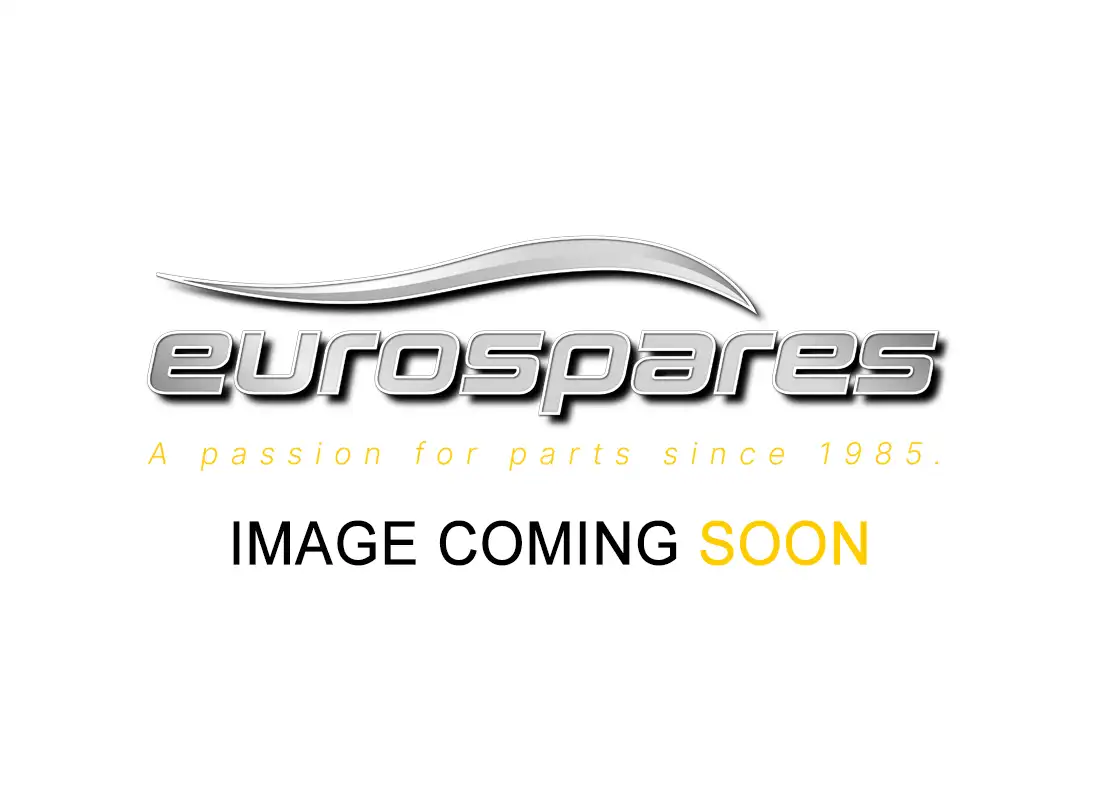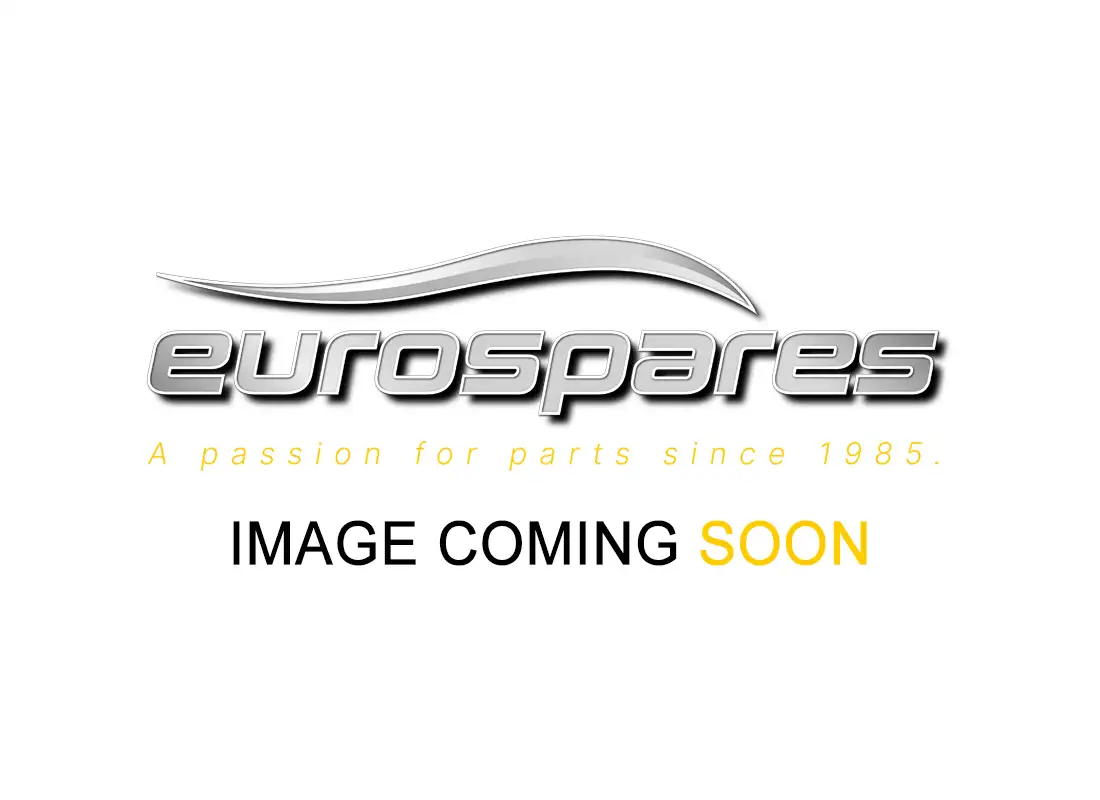The following is an article I have just posted on Eurospares Forum on this "popular" subject
hope this helps
Nigelo on Eurospares Forum said:Link to original post here
Endfloat means fore and aft movement, whether less than, within or greater than manufacturers tolerances. It is simply the lateral movement or fore and aft free play, that all rotating components need to have. An engine has excessive endfloat as soon as it goes above the manufacturer's limit (8 thou for 3200s), even 1 thou above, and the problem needs urgently addressing at that point. The thrusts are about the circumferance of an orange and is a steel backed, plain white metal bearing and between 2.34mm and 2.46mm thick. For guidance, the endfloat is usually measured with a DTI surface guage positioned on the end of crankshaft / pulley and the shaft then gently levered in both directions one after the other. Total fore and aft movement is then read from the DTI and is the "endfloat". A competent engineer will also be able to feel fore and aft movement using a long bar at both the flywheel end and the front pulley but this is restricted to testing with the engine in-situ.
Thrust bearings (commonly called Thrust Washers) control this fore and aft movement and are available in 3 classes (sizes) to facilitate precise control of the endfloat. These are usually referred to as standard plus 2 oversizes. However, the difference between each is just 0.01mm or approx 0.0004". Accordingly, a rebuild can accommodate adjustment within a very narrow range of standard or +0.0008" or +0.0016" only.
By way of explanation, when endfloat exceeds its tolerance of 0.006" to 0.008", the wear, therefore endfloat, can accelerate rapidly. An extreme case can result in so much wear that the endfloat can exceed the thickness of the remaining thrust bearing allowing the retaining tab to pop out of its retaining slot and the bearing rotates with the crank chewing everything up in its path. By this time of course you would have little or no oil pressure and the engine would sound like a coffee grinder. Both the engine block and indeed the crankshaft would be rendered scrap and therefore totally beyond repair requiring replacement.
Why does a thrust bearing (or thrust washers as they are usually called) wear? Firstly, See the following pics of a running set removed for rebuild and note the worn front set compared to the servicable (just) rear set. Note that the front set controls rearward movement whilst the rear set controls foreward movement.

For guidance, the total endfloat on this particular 3200 engine prior to rebuild was less than 0.015" (15 thou) ie an excess of less than 7 thou. It was sucessfully rebuilt by Roberto Grimaldi with standard size thrusts and did not need a new crank. The condition of the 2 Thrust faces on the crank can be seen in the following photos


As white metal alloy will not adhere directly to steel, the steel backing is first copper plated and the White Metal applied to this. The non-wearing side butts against the cylinder block sitting snugly in a machined recess and the white metal side (the bearing side) butts up against a flange on the crankshaft separated only by oil. It will therefore be seen that it is very similar in construction to a main or crankpin (big-end) bearing shell but oriented to control lateral movement. White metal is a very soft alloy - a bit like lead solder, containing a vey high proportion of tin, some antimony and perhaps even some lead. It is soft for a reason - Once "run-in" it will take on a perfect surface exactly matching the crank flange which is micro honed by the way. It does not need to be highly resistant to wear on its own - It does need to provide and contain a vital oil barrier.
The oil is fed at full pressure from the main gallery passing through 2 channels about 6mm or 7mm wide cast into the thrust working face to allow oil to get between the white metal face and the crank flange. Correctly designed, bearings like this can take a huge amount of load (thrust) as long as there is an oil barrier between crank flange and the white metal face at all times. As long as the there is white metal on the bearing, the crank cannot wear beyond being polished - The bearing is soft, the crank is very hard so the bearing gradually wears. Once the white metal is worn away you are down to the steel backing with only a thin copper plate layer, have very little oil pressure at this bearing thus loosing most of your oil barrier and metal to metal contact knackers the crank - Exactly the same as running an engine with knackered main or crankpin bearings will quickly destroy the crank journals.
New Thrusts as follows

Compared to servicable used thrusts as follows

Note the tab on the bottom halves and the oil channels or slots shown on all (2 per half).
The thrust bearings are items 3 and 2 for upper and lower repectively on Eurospares diagram here

An extract from a post I made on the MaseratForum about a year ago as follows:
"Autos HAVE suffered from endfloat probs though much less than manuals. According to sources** in Italy answering my direct questions through Claudio of Eurospares, 3200 engines suffering endfloat probs are split approx 80% manuals / 20% autos. This is not a design fault and is repaired simply by rebuilding engines with standard parts, often standard size thrusts without changing original crank if diagnosed early. Cause is thought to be use of non-standard oil, neglect including excessively abrupt starts and abuse from cold. The heavy pull style clutch exacerbates this especially when riding the clutch.
** Head Technician of Ferrari / Maser concessionaire for Italy who used to run the engine shop at Maserati during 3200 production."
It is therefore abundantly clear that precise measurement of cranksaft endfloat is essential on these engines, not just prior to purchase but also at sensible intervals during ownership. Depending the initial endfloat measurement, I would think a repeat measurement at each major service or 10,000 miles thereafter. If this is combined with a service, it's cost is neglible. FWIW, Roberto will usually check the endfloat at every major service anyway but many others do not unless the Owner requests it.
Note: A special thanks to Roberto of Grimaldi Engineering for giving me access to a 3200 engine ready for rebuild some time back. Also a belated thanks to Claudio of Eurospares for making the enquiries to Italy on my behalf
hope this helps



